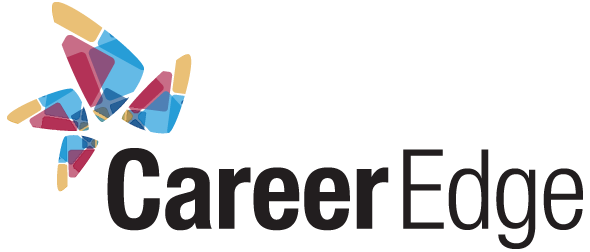For the past 19 years, Canada’s Top 100 Employers has compiled a list of the leading employers in their respective industries. The evaluation consists of eight standard selection criteria used to determine winners. Let’s dive into the eight criteria to see what the best companies practice.
The physical workplaces goes beyond the physical workplace, it includes more than just prime location and IKEA desk furniture. It includes everything surrounding employee working conditions such as clean air, ergonomic workstation designs, safe and welcoming environments, basic amenities, policies and procedures, and more.
More emphasis has been placed on office dynamics and social structures at work. What does this mean? Establishing a flatter hierarchy and encouraging open and friendly relationships at work can go a long way in increasing employee happiness and boost productivity.
a. Health and dental benefits are awesome, but as competition increases companies are going above and beyond to offer additional benefits beyond the normal health and financial. Most desired benefits today include flextime, work-from-home options, gym memberships, casual Friday’s everyday and free food
b. Millennials, on the other hand, prioritize maintaining a good work-life balance and want flexible work schedules, tuition reimbursements, and mental health and well-being support.
Vacation and time off are becoming more valuable to employees than pay raises. It also aids in attracting and maintaining top talent without additional higher salary costs and increases employee happiness.
Employee communication is in demand and is seemingly important for building a level of trust among employees and the organization. It positively impacts employee engagement, corporate culture, and a boosts productivity. The more employees communicate the more they can operate efficiently and effectively, especially if they are able to communicate up-and-down the hierarchy within an organization, it makes the team feel overall more cohesive.
Performance management is important for keeping the right people. It involves continuous monitoring, reviewing and planning to ensure employees are happy and meeting their career goals and objectives. This is more than just your average performance review but providing on-going coaching and mentoring to ensure employee satisfaction.
Training and skills development, whether inside or outside of your organization is a direct investment in your employees and they will appreciate the opportunity to learn. It allows employees to improve/build their skills and perform their job better. This is a great way to show your employees they are valued and creates a supportive encouraging workplace.
We’ve all heard the term ‘Love what you do’ and community involvement can do just that. Employees will be inspired and when they are happy and fulfilled they will be more productive and do a better job. In addition, it improves team collaboration and increases employee morale.

